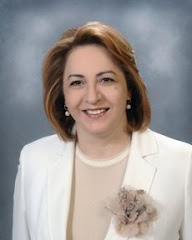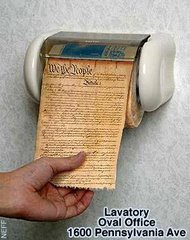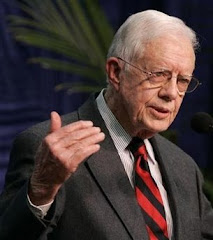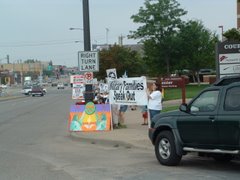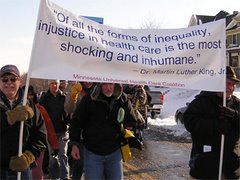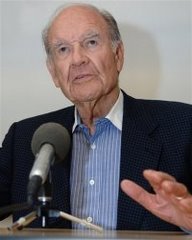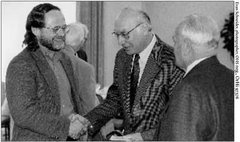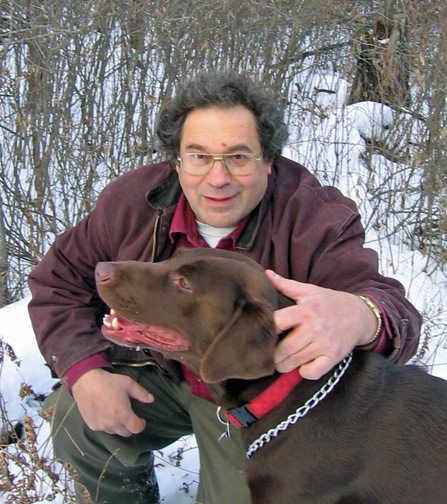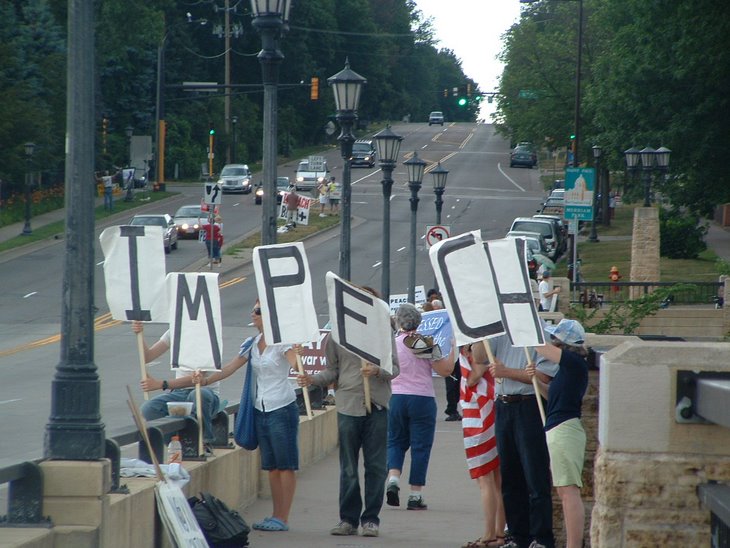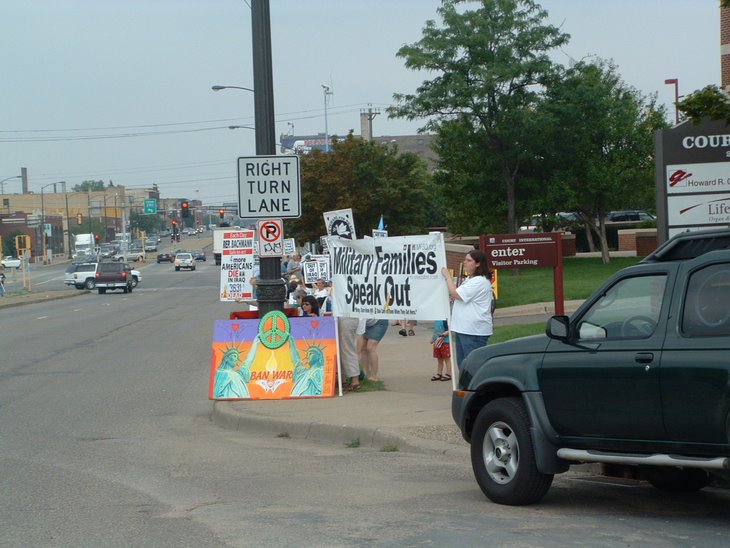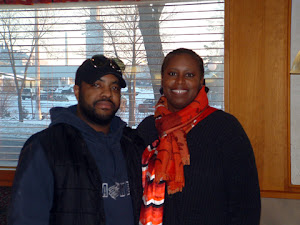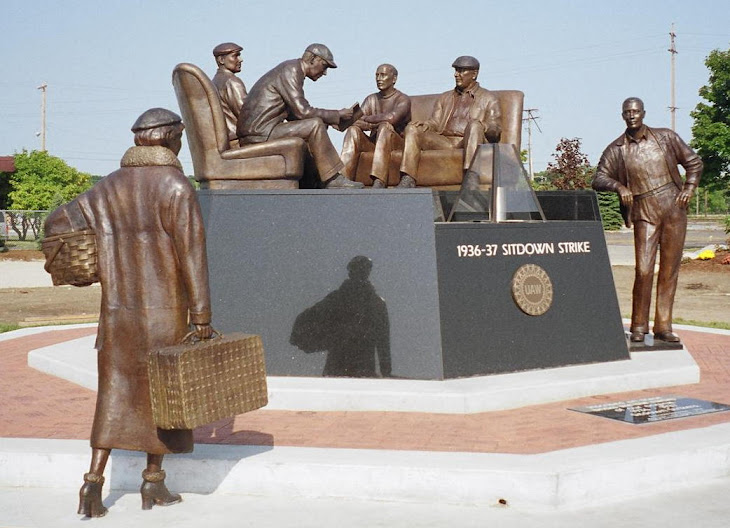October 26, 2010
Secrets of the System
Physician Panel Prescribes the Fees Paid by Medicare
By ANNA WILDE MATHEWS And TOM MCGINTY
Three times a year, 29 doctors gather around a table in a hotel meeting room. Their job is an unusual one: divvying up billions of Medicare dollars.The group, convened by the American Medical Association, has no official government standing. Members are mostly selected by medical-specialty trade groups. Anyone who attends its meetings must sign a confidentiality agreement.
The RUC, as it is known, has stoked a debate over whether doctors have too much control over the flow of taxpayer dollars in the $500 billion Medicare program. Its critics fault the committee for contributing to a system that spends too much money on sophisticated procedures, while shorting the type of nuts-and-bolts primary care that could keep patients healthier from the start—and save money.
"It's indefensible," says Tom Scully, a former administrator of the Medicare and Medicaid agency who is now a lawyer in private practice. "It's not healthy to have the interested party essentially driving the decision-making process."
Plenty of factors contribute to the spiraling costs of Medicare, which rose nearly 9% in 2009. Sheer demographics will add millions of new beneficiaries each year as the baby boomers begin turning 65. Other areas of Medicare—including the prescription-drug benefit and nursing-home expenses—are growing faster than payments to doctors.
Secrets of the System
"We've made tremendous change in the last few years," says Dr. Levy, a Seattle-area gynecologist. "The RUC is not a perfect process, it's just the best that's out there."
Still, the impact of the decisions made by the doctors on the RUC goes well beyond physician fees for cardiac surgery or back procedures. When Medicare pays more for something, doctors have an incentive to do more of that something—with all the associated costs for hospitals, lab tests and drugs.
"Overvalued codes can lead to spending growth," says Jonathan Blum, deputy administrator for the Centers for Medicare and Medicaid Services.
A Wall Street Journal analysis of Medicare and RUC data suggests that services were paid too generously in some cases because the fees were based on out-of-date assumptions about how the work is done. The analysis found more than 550 doctor services that, despite being mostly performed outpatient or in doctors' offices in 2008, still automatically include significant payments for hospital visits after the day of the procedure, which would typically be part of an inpatient stay.
For instance, one operation to treat male urinary incontinence wraps in payment for 118 minutes of hospital visit time after the day of surgery, though 2008 Medicare data show it is done around 80% of the time outpatient or in a doctor's office. Stephanie Stinchcomb, manager of reimbursement for the American Urological Association, says the surgery used to be largely inpatient; its payment was last updated based on a RUC evaluation in 2003. It's not clear if a new analysis will find doctors should now be paid less for it, she says.
The RUC's Dr. Levy says the committee is already recommending changes for services that have moved to an outpatient setting.
The AMA, along with groups representing doctor specialties, formed the RUC in 1991. That's when Medicare was moving to its current system of setting doctor fees, which bases estimates of the cost of a service on the physician work and related expenses involved, as well as a small amount for liability. The panel's main focus is to estimate how much work it takes a physician to perform a given task.
In sessions that can stretch 12 hours or longer each day, the committee walks through dozens of services. The discussions can be mind-numbing—a subcommittee once debated whether to factor tissues into the payment for a psychoanalysis session.
Committee leaders like Dr. Levy have long emphasized that members need to look beyond the interests of their specialties, and she distributed red baseball caps with "RUC" printed on them at the beginning of her term last year. Past efforts at bonding activities include a bowling night where the physicians were randomly assigned to teams. The breakdown of votes is kept secret, and it takes two-thirds of the 26 voting panelists to endorse a value for a service.
The stakes are heightened by Medicare law that says if services get a boost in their values, the money is supposed to come out of existing services' reimbursement. The Medicare agency makes such tweaks to attain so-called "budget neutrality" and also aims to hit overall spending goals set by law. However, its projections are often exceeded due largely to increases in the number of services performed. Congress has stepped in to authorize higher-than-targeted spending.
"This system pitted specialty against specialty, surgeons against primary care," says Frank Opelka, a surgeon and former RUC alternate member who is vice chancellor at Louisiana State University Health Sciences Center in New Orleans.
Primary-care groups have pushed for more representation on the committee, and their leaders have argued its results are weighted against their interests. (Please see accompanying article on WSJ.com/US.)
Dr. Levy says the committee is an expert panel, not meant to be representative, adding: "The outcomes are independent of who's sitting at the table from one specialty or another."
A recent analysis for the Medicare Payment Advisory Commission, or MedPAC, a Congressional watchdog, calculated how much American doctors would make if all their work was paid at Medicare rates. It found that the primary-care category did the worst, at around $101 an hour. Surgeons did better, at $161. Specialists who did nonsurgical procedures, such as dermatologists, did the best, averaging $214, and $193 for radiologists.
The imbalance has stoked fears of a shortage of primary-care doctors, as well as a relative shortfall in the amount of primary-care services patients receive, compared to specialist procedures. "The fee schedule we use to pay physicians in Medicare leads to the wrong mix of services and the wrong mix of doctors," says Robert Berenson, vice chair of MedPAC and a researcher at the Urban Institute. "It produces increased spending for Medicare and for the rest of the system."
Out-of-whack Medicare doctor payments are supposed to be corrected in a required review every five years. MedPAC says in the three previous reviews, the RUC endorsed boosts for 1,050 services, and decreases for just 167. Many recommendations on which services to examine came from doctor societies. The upshot may be that payments don't keep up with medical realities when procedures become easier or faster, MedPAC said.
The Medicare payment for placing cardiac stents in a single blood vessel stems from a 1994 RUC analysis. Medicare paid doctors for 326,000 of those procedures in 2008, at a cost of around $205 million. Compared to the mid-1990s, cardiologists say, stenting today is more routine and may often be less stressful.
The example used to set the code's value is "way out of date," says David L. Brown, a cardiologist at SUNY-Stony Brook School of Medicine. "In those days, stents were used when you were having a catastrophic event or thought you might have a catastrophic event." Stents and the catheters used to thread them into arteries are now smaller and easier to use, he says. The time varies by patient, but Dr. Brown says he required around 45 minutes on average to perform a single-vessel stenting. The RUC's valuation suggests a two-hour procedure.
The American College of Cardiology feels the service is "fairly valued," says James Blankenship, who represents the society on the RUC and is director of cardiology at Geisinger Medical Center. He concedes that two hours is "probably a little bit too long," but argues that the procedure may be harder because cardiologists now take on challenging patients who might once have gotten bypass surgeries.
The RUC's Dr. Levy says that the RUC has reduced values for nearly 400 services in the past and it is now reviewing hundreds more.
Where the Money Goes
Medicare Spending, in billions 2009By 2008, according to Medicare data, the code was being billed by podiatrists 74% of the time, and they were applying the skin substitute to ulcers, not burns. Moreover, 53% of the procedures were outpatient and 44% done in doctors' offices. Some podiatrists suggest 25 minutes is longer than the procedure typically takes, though this can vary. Lee Rogers, associate medical director of the amputation-prevention center at Valley Presbyterian Hospital in Los Angeles, says he requires seven minutes on average.
"I can't believe that's the vignette they based this code off of," he says.
At a national podiatric meeting in July, podiatrist James Stavosky showed slides highlighting that doctors who treated a stubborn foot ulcer with Dermagraft, a skin substitute used when billing that code, could make $3,137.54—substantially more than with rival products paid for under different codes. Dr. Stavosky says the slides were his idea and he wasn't paid for the talk by Advanced BioHealing Inc., the maker of Dermagraft. The company confirms that.
The Medicare agency has proposed lopping its reimbursement for the Dermagraft procedure, and the RUC has suggested that the AMA committee that creates billing codes review the matter. Medicare's Mr. Blum says the agency is becoming "much more prescriptive" in working with the committee, prodding the panel to detect, and suggest fixes for, payments based on out-of-date assumptions. He adds that the agency has already made payment changes to "correct historical biases against primary-care professionals" and plans more such moves.
The RUC relies heavily on surveys performed by doctor specialty groups, requiring as few as 30 responses. The surveyed doctors estimate the time, stress, skill and other factors based on a hypothetical case that's supposed to represent a typical patient. They compare services to other, similar ones to help figure out relative difficulty. A blank example provided to The Wall Street Journal noted that the survey "is important to you and other physicians because these values determine the rate at which Medicare and other payers reimburse for procedures."
William Hsiao, the Harvard professor who led the original physician-work research used to set Medicare fees, argues the approach is almost guaranteed to inflate the values used to calculate fees.
"You do not turn this over to the people who have a strong interest in the outcome," he says. "Every society only wants its specialty's value to go up…. You cannot avoid the potential conflict."
A study published this June in the journal Medical Care Research and Review found the procedure times used by the RUC to calculate values may sometimes be exaggerated. The mean times for several types of surgeries were substantially shorter in a database drawn from hospital surgical records.
For instance, the time used by the RUC for carpal tunnel surgery—which was performed 106,000 times on Medicare patients in 2008, at a cost of around $44 million in doctor fees—is 25 minutes. According to Sullivan Healthcare Consulting Inc., which maintains the hospital database, the median time among teaching hospitals in recent years, based on 2,602 cases, was about one-third shorter, at 17 minutes. The figure for community hospitals, with 4,093 cases, was 18 minutes.
According to documents provided by the RUC, the 25-minute figure is based on 39 surveys of surgeons, out of 150 sent out by groups representing hand surgeons, orthopedic surgeons and plastic surgeons.
Robert H. Haralson III, former medical director for the American Academy of Orthopaedic Surgeons, says Medicare's payment isn't too high, because the surgery is a more intense procedure than the current value implies.
In a letter to the medical journal, RUC leaders said the article was "outdated" and questioned use of the surgical database, which classifies procedures in a different way than the RUC. Dr. Levy says the doctor surveys serve as "a beginning point" for the committee's experts.
Mr. Blum of the Medicare agency says that for now, "we are comfortable" with the RUC process. The federal health-care overhaul requires the government to insure that the doctor-fee values adopted by Medicare are accurate. "We're not going to rubber-stamp recommendations," he says.
Write to Anna Wilde Mathews at anna.mathews@wsj.com and Tom McGinty at tom.mcginty@wsj.com


















































